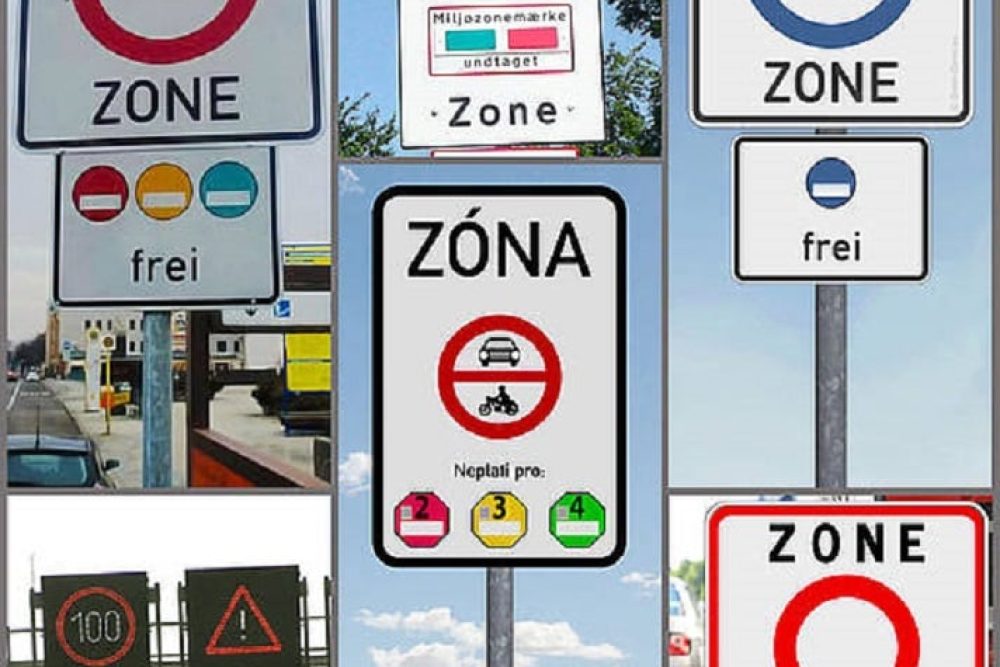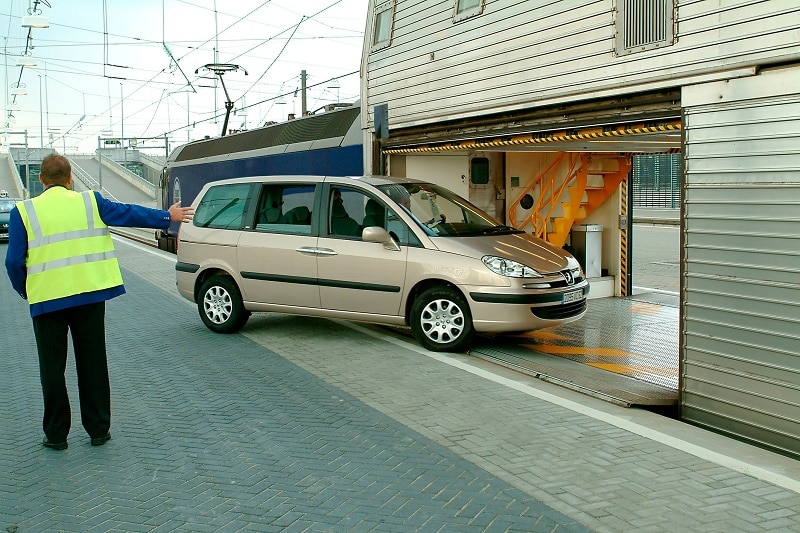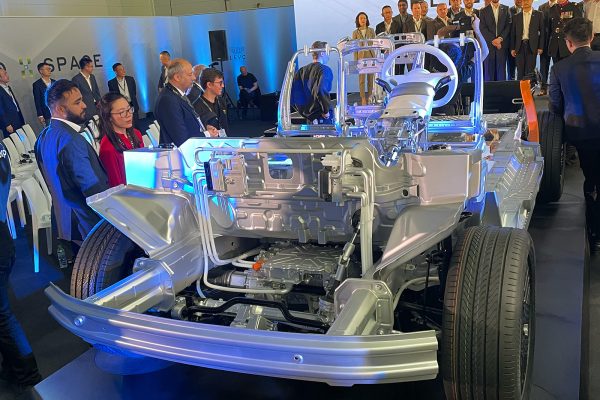DRIVING into continental Europe used to be so straightforward providing you followed the rules on personal and vehicle documentation but now there is a multitude of low emission zones with different rules in different countries affecting drivers for business or leisure.
Some are permanent, some depend on the levels of local air pollution, some vary with the day of the week – and all require a windscreen sticker. And demand serious study.
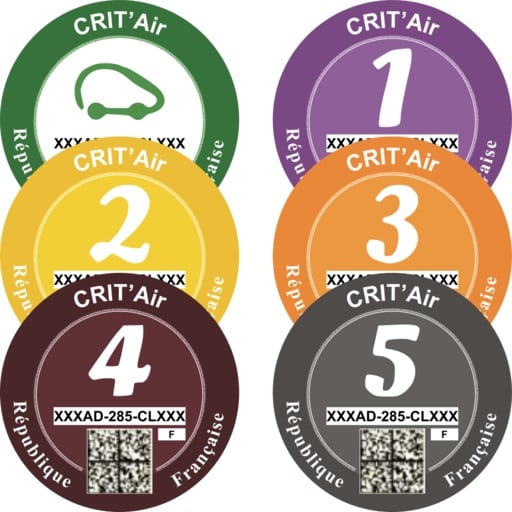
You can’t just buy an emissions sticker like a parking ticket – it needs forward planning, with roadsign study.
And getting it wrong can mean substantial fines and even the detention of the vehicle, which can wreck a good skiing trip not to mention upset the boss when it’s a company car.
The best guide is Green-Zones, the leading information portal for tourism and commerce in Europe.
This not only provides details for advance planning but also offers a green-zones app to alert drivers of zones ahead including those updated daily.
- France has 18 permanent zones with more to come this year
- Germany has 58 zones
- Belgium has three zones including the new Brussels zone covering 19 municipalities.
- Austria has six zones
- Denmark has four zones
Driving in France
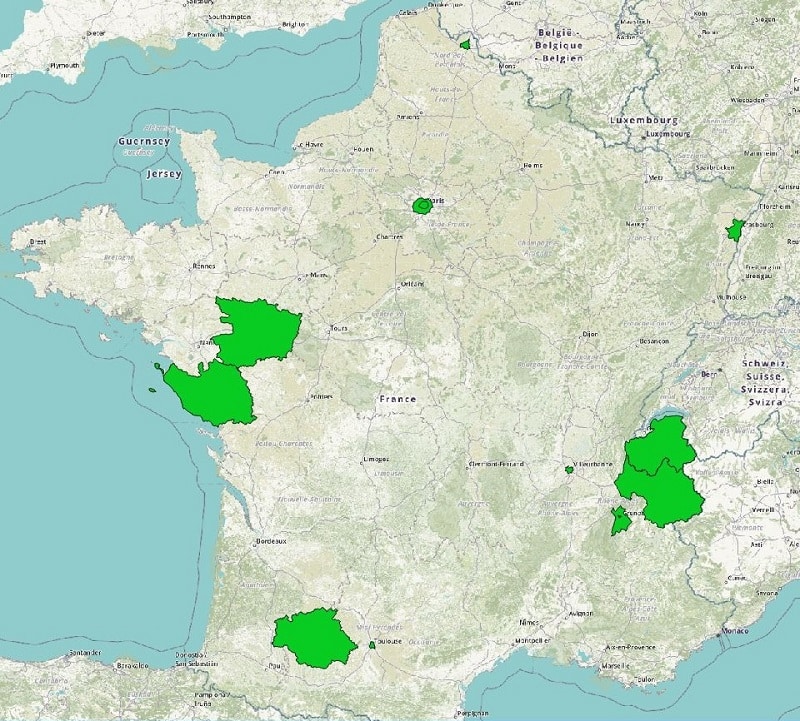
Last November alone, six new French zones were introduced – for Toulouse, Haute-Savoie, Savoie, Maine-et-Loire, Vendée and Gers.
In 2017, 18 permanent zones (ZCR) and weather-dependent zones (ZPA) had already been established in France. Now, other partly large-scale zones are to follow in the regions.
Since July 2017, vehicles must be equipped with the Crit’Air badge, which is necessary for accessing the constantly increasing French environmental zones. The Crit’Air badge, available in six colours, distinguishes older from newer vehicles and it shall also gradually exclude Euro emission standards 0 to 5 from cities such as Paris, Strasbourg, Grenoble, Lyon etc.
After the city of Paris had already excluded the Crit´Air badge class 5 from traffic, in 2018, other major cities, such as Strasbourg and Grenoble, will follow in the near future.
In addition, new environmental zones will be set up in 2018, each covering a whole department, and come into force according to the level of air pollution. These include in particular the departments around the respective cities of Orleans, Chartres, La Roche-sur-Yon, Annecy, Chambery and many others.
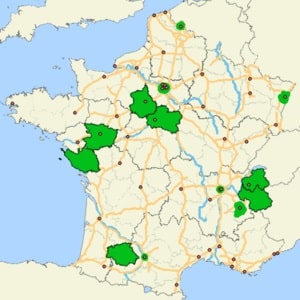
The additional ZPA zones (weather-depending environmental zones), which are set up in bigger cities and metropolitan areas, require special attention from the local and European commercial and touristic transport, as the status of these environmental zones – unlike the permanent ZCR zones – can change within 24 hours and circulation restrictions can be set for Crit’Air badges that are usually authorised to enter the zone.
When these restrictions are ignored, substantial fines can be imposed or in a worst-case scenario, the vehicle can even be stopped and detained.
Green-Zones points out: “The order of a French, German, Austrian or Danish badge or of another European environmental vignette itself is not a great help.
“In the most cases, it is more essential to know what kind of badge, with which colour or class is allowed to drive in which environmental zone and on what time.
“It is also essential to know for what types of vehicle the driving will be forbidden, and on what day, in a permanent and fixed environmental zone or in a temporary environmental zone, dependent on the weather conditions.
“The answer of these questions requires a service of additional information, available for free on the Green-Zones-App.”
Winter is the season of air pollution peaks. The French local governments are aware of it and for this reason they have introduced new environmental zones. Toulouse, the industrial capital of south-western France, took the first step by publishing a prefectural order with immediate effect after a prolonged air pollution peak.
At the same time, particularly large-scale, almost unplannable environmental zones were introduced in the great areas of Haute-Savoie – Annecy, Maine-et-Loire – Angers, Savoie – Chambery, Vendée – La Roche-sur-Yon and Gers-Auch.
In these departments, prefectural orders authorising the introduction of environmental zones were published, affecting the entire department, and, in some cases, hundreds of cities and municipalities. These are temporary ZPA zones, which come into force in the event of a particularly heavy air pollution, as it occurs more frequently in these regions.
Unlike the permanent ZCR zones, traffic restrictions are only applied here if the values for air pollution exceed the specifications of the EU limit values.
In these new, large-scale ZPA environmental zones, the respective Prefect can declare at any time an air pollution alarm, and then individually determine in which city or municipality within the department a partial or limited traffic restriction is imposed.
The borders of these zones are therefore not fixed, but set individually in the event of an air pollution peak. Traffic restrictions are then imposed on Crit’Air badge classes, whereby the orders provide several warning phases, that will first exclude vehicles without Crit’Air badge from circulation and later ban the worse Crit’Air badges 4 and 5.
On the lez-france.fr website you will find all information about the new environmental zones, the current state of daily circulation and the interactive maps showing possible alternative routes.
The free Green-Zones app is also useful as it guides the tourist and the commercial and bus traffic through the increasingly complex jungle of local individual regulations.
Essential paperwork for driving in Europe
See Car seizure risk warning for incorrect paperwork driving to Europe
- CRIT’ Air emissions sticker for certain French cities
- Vehicle registration document (V5C) for your own car
- VE103 for leased or hired vehicle (or VE103B from BVRLA)
- Photocopies of the V5C or letters of authority are not accepted
- Driver may be fined and the vehicle could be impounded
- Driving licence, insurance documents
- Hi-vis jackets for vehicle occupants in cash of breakdown or crash
- Breathalysers for France
- See Don’t forget your VE103 before taking your company car abroad

